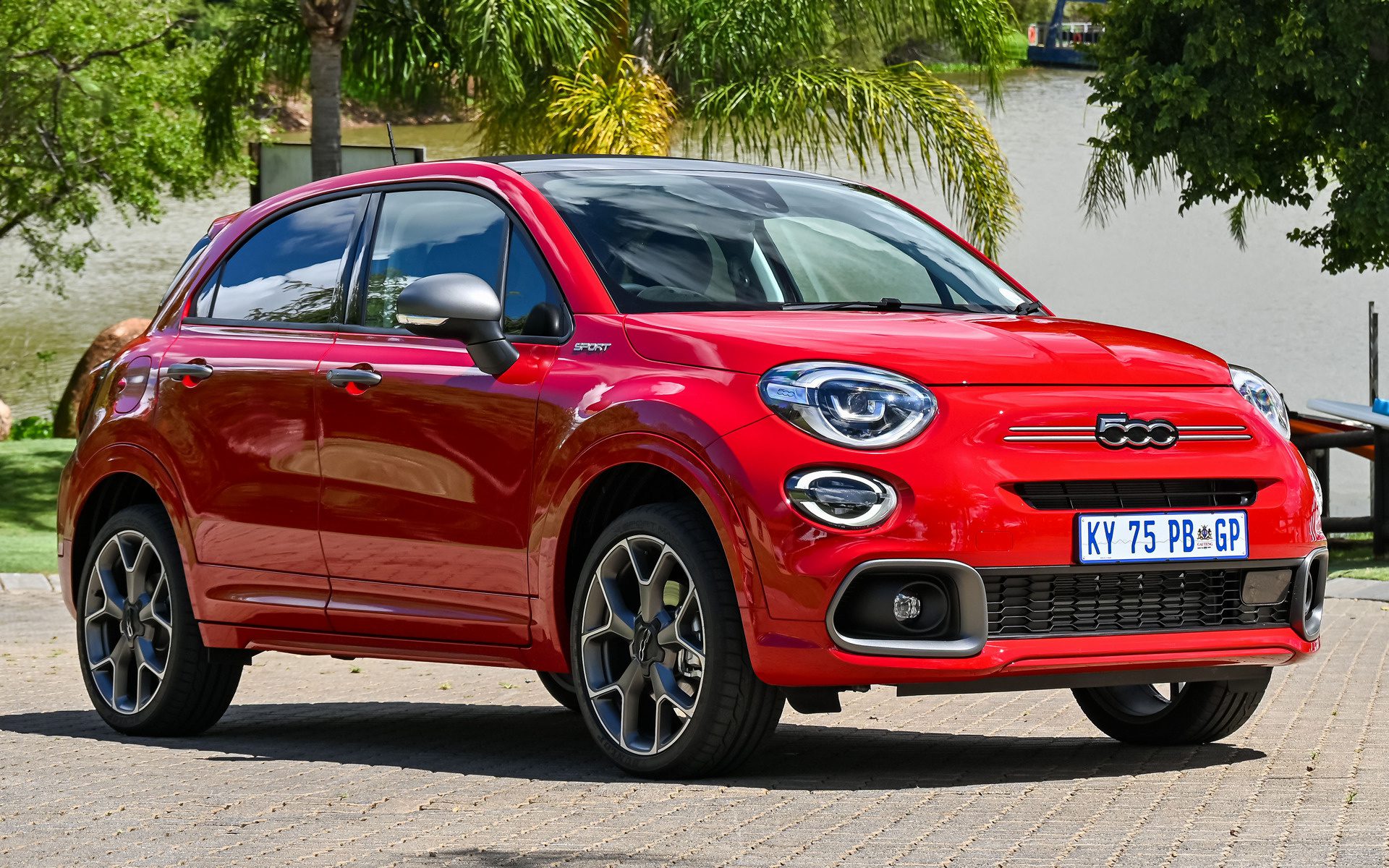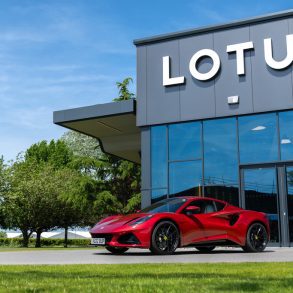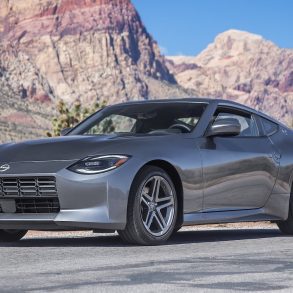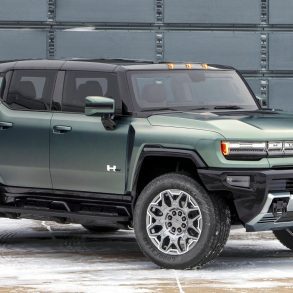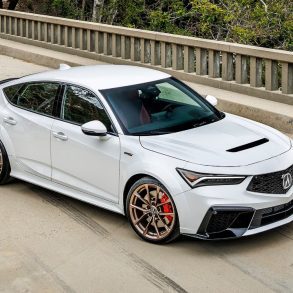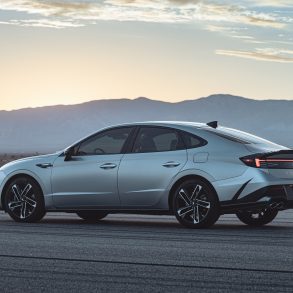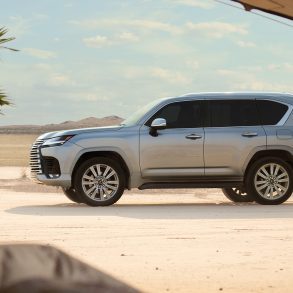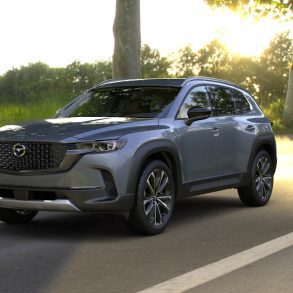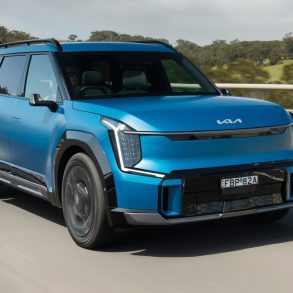Fiat Sales Data, Trends & Analysis for the Europe Automotive Market
Fiat market share in Europe has been falling steadily from 2009 through 2022 and the brand has lost over 2 percentage points of market share during that period. In a market already in decline, that translates to losing almost half their volume in four years time! In 2015 and 2016, the Italian brand recovered with 12% and 13% growth respectively, faster than the overall market.
The reason for this steep decline is clear: an aging line-up. Fiat CEO Sergio Marchionne, who has saved Fiat from bankruptcy back in 2004/2005, said that he thinks it’s a waste of money to introduce new models in a depressed market. So he has held back development of new models for both Fiat and Alfa Romeo, and he tried to fix Lancia’s lack of (new) products by selling rebadged Chrysler models in Europe.
Fiat Europe Sales Figures & Recent Highlights
The only new models between 2010 and 2014 were the Fiat 500L midsized MPV in 2012 and the new generation Panda minicar in 2011. And even then the Panda continued to decline every year from 2011 to 2014 before recovering slightly. Meanwhile, the Fiat 500 is the only Fiat model whose sales haven’t dropped dramatically in the period, despite being on the market virtually unchanged from 2007 to 2015. In fact, the 500 recorded its best sales ever in 2014 as a sign of lasting success for the retro design. Its 2015 facelift was therefore only very minor.
Marchionne may say this proves his right, that it is pointless to introduce a new product in a market that is down, but I believe it’s due to the product itself. The previous generation Panda was smaller, cheaper and had the normal 4-cylinder engines, while the new generation grew bigger and was more expensive, while the Panda’s strength was the great value-for-money. But one of the biggest disappointments was the 0,9 liter 2-cylinder twin-air engine, which sounds like a coffee grinder and may be fuel efficient in theory, but is only quick enough in traffic when pushed far beyond its frugal rev band. This same engine is supposed to power the much larger 500L, which gets a much more powerful 1,4 liter 4-cylinder turbo engine in the United States. This engine may be less fuel efficient in the official test cycle, but I don’t think there would be a big difference in fuel economy between these engines in day-to-day driving, while the 4-cylinder surely is a much nicer engine to drive and to hear.
Future products of Fiat will be based either on the 500 family for “emotional and aspirational” models or the Panda family for “rational and functional” models. The venerable Punto was once a very successful model in Europe, but has fallen behind due to lack of a new generation since 2005 and has been made uglier with each of its numerous facelifts. It was supposed to be replaced by a Fiat 500 five-door in 2016, but that project has been delayed a few times. A 500X small crossover based on the Jeep Renegade was launched in 2015 and helped the brand recover some of its losses. The Bravo and Linea were phased out in 2014, both were replaced by the Fiat Tipo hatchback, sedan and station wagon built in Turkey, and which is proving to be a surprise hit for the brand.
Fiat also introduced the 124 Spider in 2016, a low-volume two-seater roadster based on the fourth generation Mazda MX-5. A compact crossover to compete with the Nissan Qashqai is promised to arrive in Fiat showrooms in 2017, but again: there hasn’t been much news on that model lately, as FCA focuses on reviving Alfa Romeo and boosting Maserati.
Fiat Annual Sales Data, Growth & Market Share in Europe
Below we have a table that shows total Fiat sales volumes for the European automotive market, broken out by year since 2005. This data captures all Fiat vehicle sales for the entire European automotive market.
| Year | Sales | YOY Change | Marketshare | Marketshare Change |
|---|---|---|---|---|
| 1997 | 711,891 | 0.00 | 8.61 | 0.00 |
| 1998 | 698,950 | -1.82 | 7.38 | -16.72 |
| 1999 | 786,423 | 12.51 | 6.94 | -6.35 |
| 2000 | 828,046 | 5.29 | 7.07 | 1.88 |
| 2001 | 774,918 | -6.42 | 6.24 | -13.38 |
| 2002 | 599,771 | -22.60 | 4.79 | -30.13 |
| 2003 | 506,629 | -15.53 | 4.03 | -18.91 |
| 2004 | 663,207 | 30.91 | 4.75 | 15.20 |
| 2005 | 605,940 | -8.63 | 4.35 | -9.40 |
| 2006 | 770,950 | 27.23 | 5.59 | 22.27 |
| 2007 | 890,306 | 15.48 | 6.44 | 13.20 |
| 2008 | 901,328 | 1.24 | 6.99 | 7.91 |
| 2009 | 981,038 | 8.84 | 7.45 | 6.13 |
| 2010 | 818,092 | -16.61 | 6.47 | -15.21 |
| 2011 | 695,934 | -14.93 | 5.53 | -16.95 |
| 2012 | 595,351 | -14.45 | 5.25 | -5.33 |
| 2013 | 619,093 | 3.99 | 5.46 | 3.87 |
| 2014 | 652,685 | 5.43 | 5.42 | -0.85 |
| 2015 | 685,687 | 5.06 | 5.32 | -1.85 |
| 2016 | 872,889 | 27.30 | 6.30 | 15.63 |
| 2017 | 1,014,047 | 16.17 | 6.99 | 9.80 |
| 2018 | 897,411 | -11.50 | 6.26 | -11.55 |
| 2019 | 794,343 | -11.49 | 5.39 | -16.31 |
| 2020 | 576,720 | -27.40 | 5.14 | -4.74 |
| 2021 | 544,054 | -5.66 | 4.91 | -4.68 |
| 2022 | 222,722 | -59.06 | 2.17 | -126.69 |
Fiat Europe Annual Sales Units & Growth Chart
Below is a visual representation of Fiat’s European sales units over time. We have both the Fiat sales units and the market share in the European market. Click on the items in the legend to see each series by itself.
Fiat Europe Growth Rate & Market Share Chart
Below is the annual growth rate for the Fiat brand in Europe, shown against the Fiat’s marketshare changes in Europe. This gives you a good look into how Fiat has faired against the other brands in terms of absolute sales and effect on marketshare. Click on the items in the legend to see each series by itself.
The Best-Selling Fiat Cars & SUVs in Europe
COMING SOON
Car sales statistics are from the following countries: Austria, Belgium, Cyprus, Czech Republic, Denmark, Estonia, Finland, France, Germany, Great Britain, Greece, Hungary, Iceland, Ireland, Italy, Latvia, Lithuania, Luxembourg, Netherlands, Norway, Poland, Portugal, Romania, Slovakia, Slovenia, Spain, Sweden, Switzerland.
Sources: Manufacturers, ANDC, JATO Dynamics.

